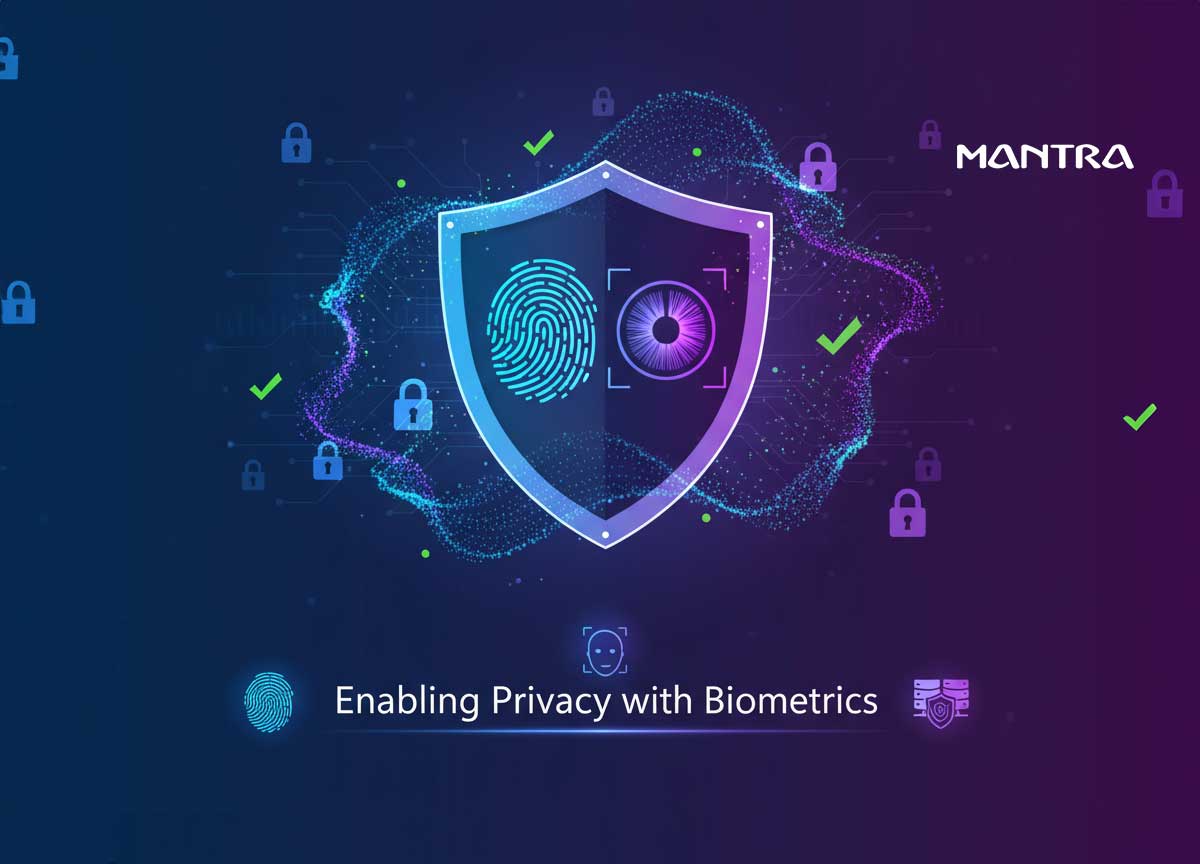
Introduction
Biometrics will help protect privacy when used responsibly. Encrypted templates, zero-knowledge proofs, privacy-enhancing technologies, and robust consent frameworks enable organisations to strike a balance between security and trust, making biometric authentication a pro-privacy solution, not a source of surveillance risk.
Biometrics Privacy Challenge
Unlike passwords, biometric identifiers such as fingerprints, facial patterns, voice, or iris scans are unique, permanent, and irreversible. In case of compromise, the risks are long-term. This has placed the protection of data, transparency, and ethical governance as the priority issues in biometric implementation.
Important issues that users tend to complain about are:
There is a risk of centralised storage: Databases make excellent targets for hackers.
Function creep: Data obtained to access data might be abused to spy on someone.
Lapses of transparency: The users are not always aware of the length of data storage or accessibility.
In the absence of robust protective measures, such risks destroy trust and adoption.
Possible ways of biometrics to save privacy

Seam Out More Invasive Identifiers
The system of biometrics can minimise the storage of complete names, identification numbers, or social security information. Matched fingerprint or facial scan locally may not go out of the device, reducing exposure.

Encrypt Templates and not Raw Data
In modern biometric systems, the mathematical templates are the ones that are stored and not the image. These templates are irreversible and are encrypted, and are less prone to misuse even if they are intercepted.

Take Advantage of Biometric Encryption and Zero-Knowledge Proofs
New tools such as biometric-based cryptographic keys and zero-knowledge proofs (ZKPs) enable the verification process without disclosing raw biometric information and also maintain the privacy of the information, yet authenticate identity.

Implement Privacy-Enhancing Technologies (PETs)
Such methods as differential privacy, homomorphic encryption, and federated learning are used to authenticate securely and avoid superfluous data sharing.
Give users Consent and Control
Ethical systems must ensure:
Clear opt-in processes
Limited data retention
Deletion/Limited use options
Clear policies on gaining and using access
Reliability is enhanced when people feel that they are in charge of their biometric ID
Best Practice: Striking a Balance between Security and Privacy
The organisations implementing biometric authentication must:
Embark privacy-by-design.
Make compliance and security audits regularly.
Choose ethical suppliers who are established.
Train users on data handling.
On a responsible basis, biometrics can decrease the use of passwords, lower identity fraud, and increase convenient usage to users, without violating basic privacy rights.
Why Mantra Softech?
At Mantra Softech, we develop biometric solutions with a greater focus on security and privacy. In our systems, the liveness detection is based on ISO/IEC 30107 compliance, encrypted templates, and privacy-oriented design. This is because, by adhering to the international standards such as DPDP, GDPR, and UIDAI, we can manage to not only secure access but also the personal rights of individuals.
Comments